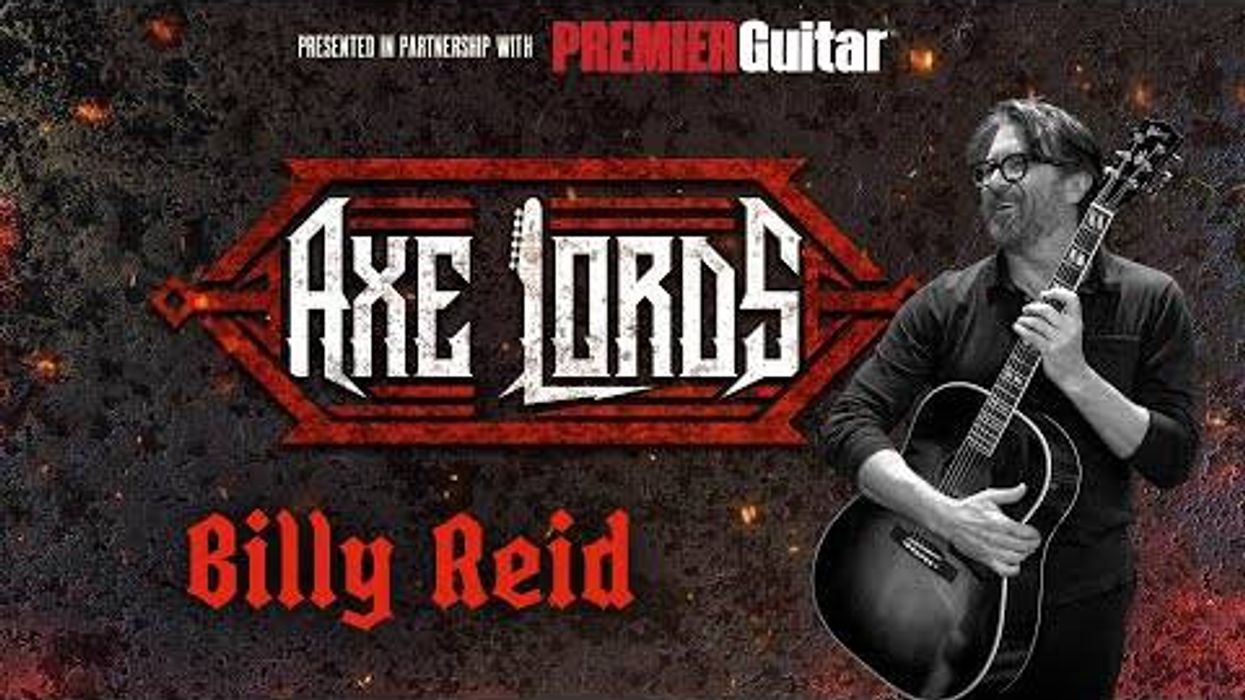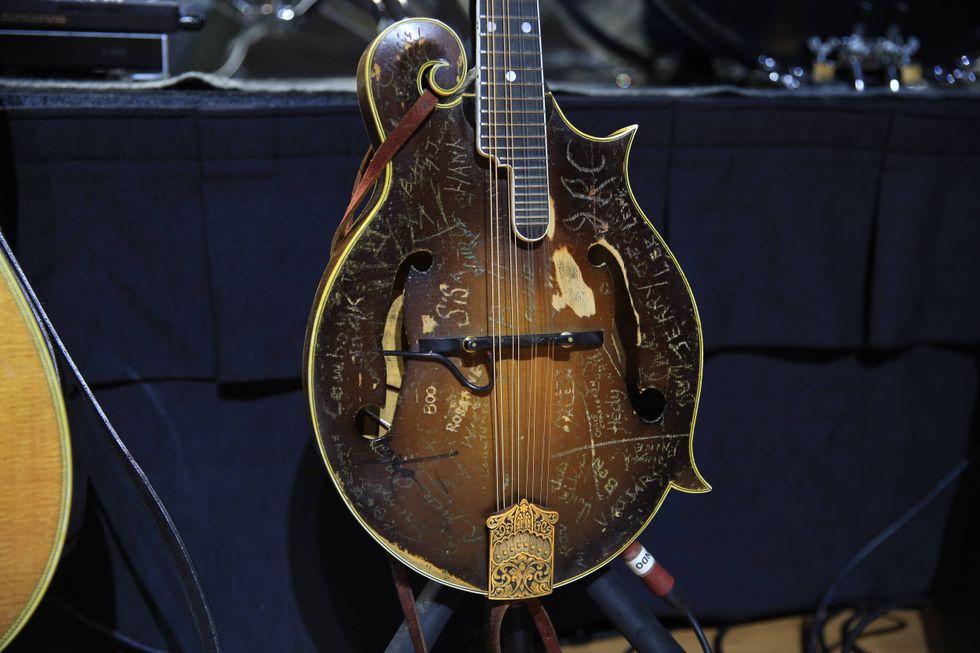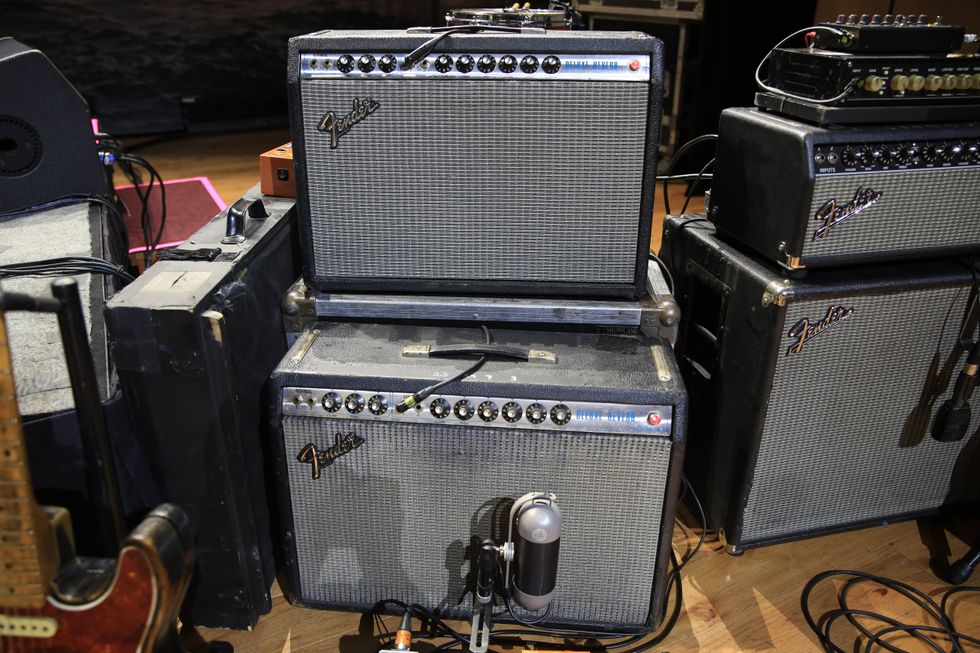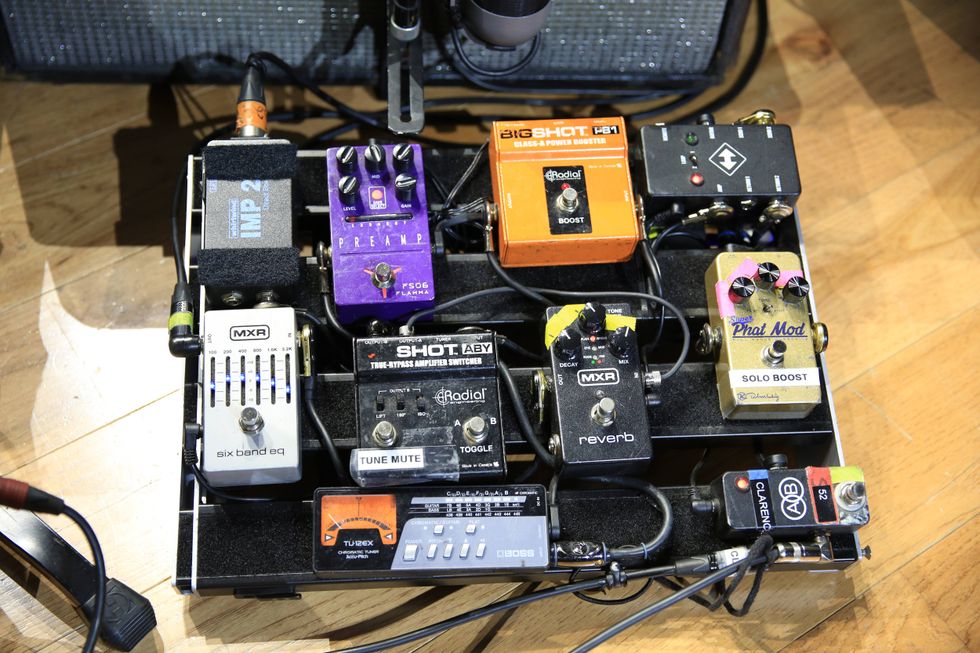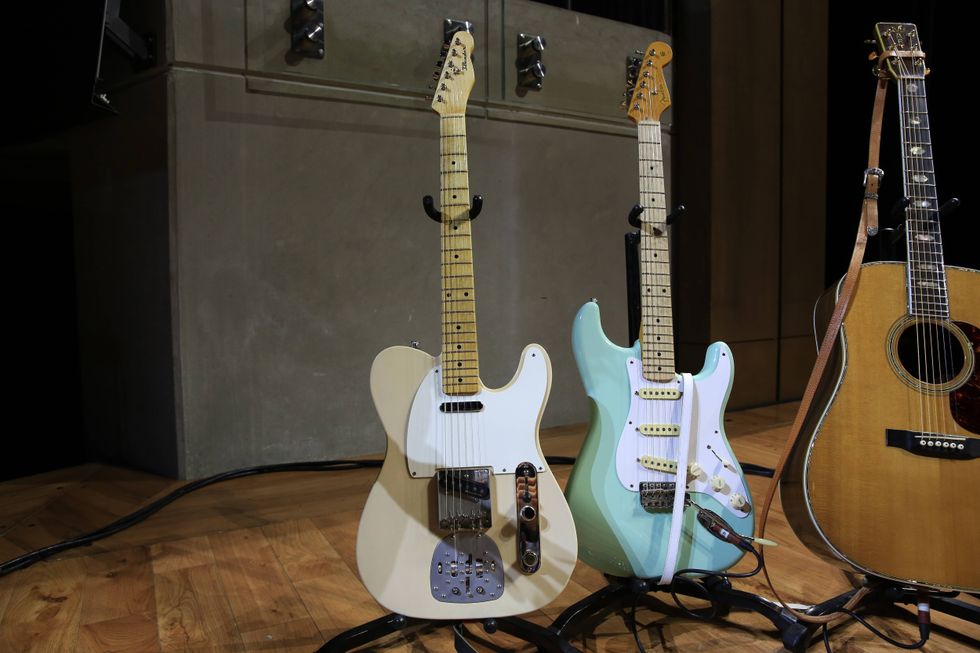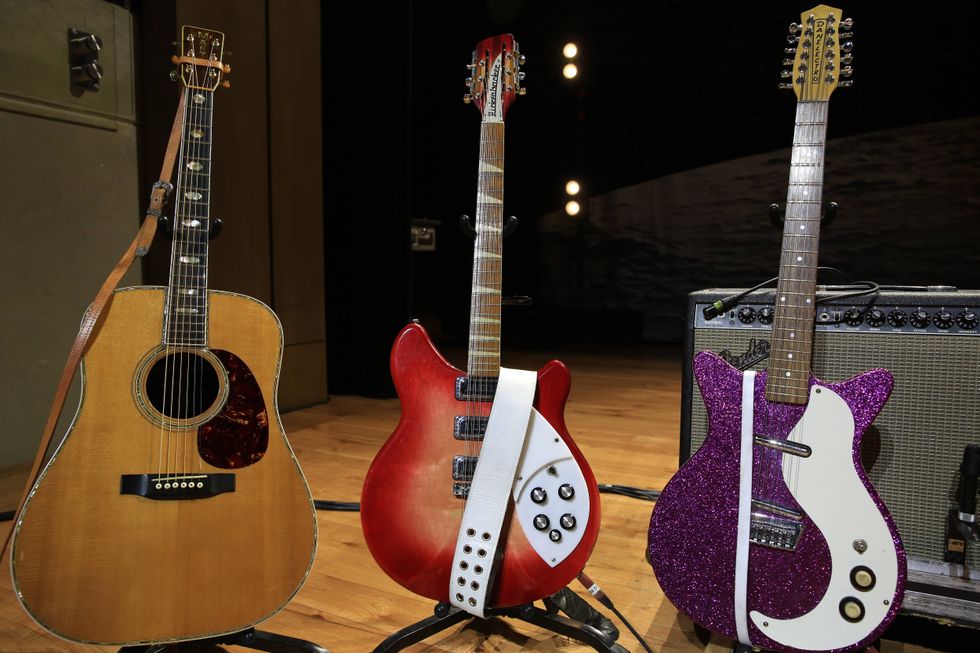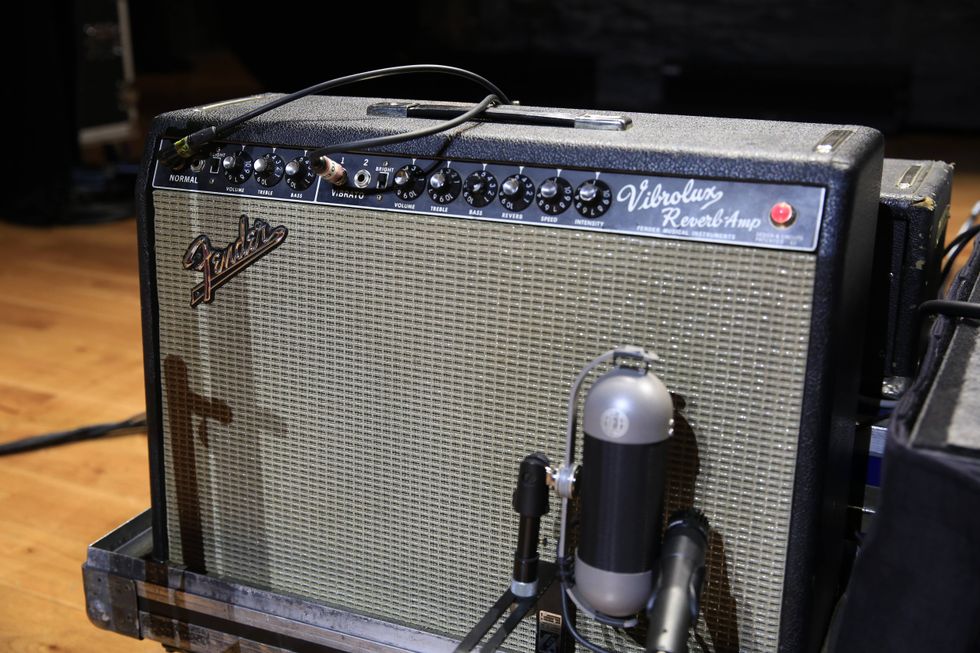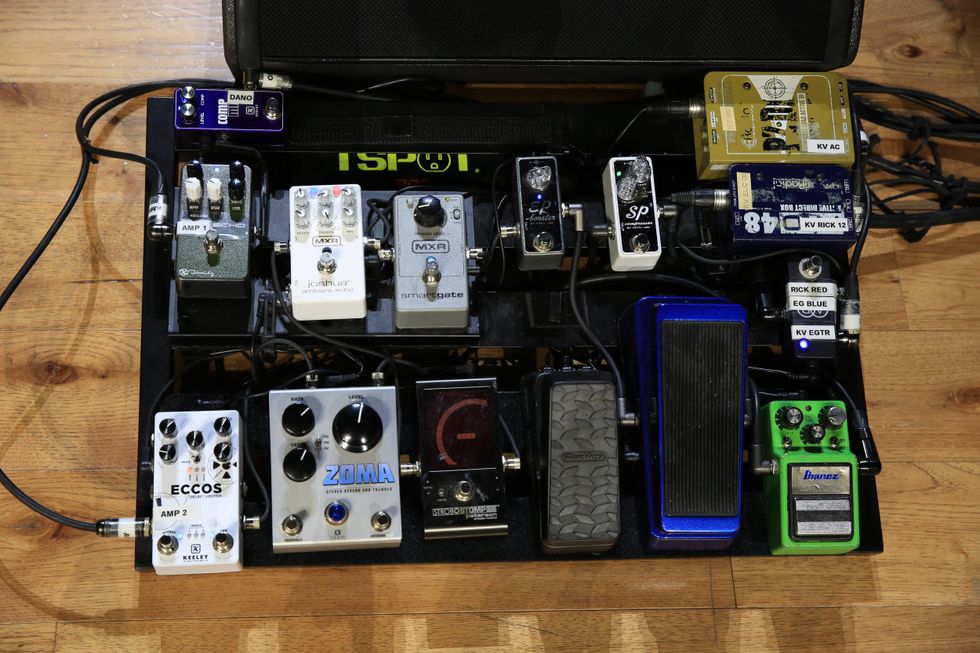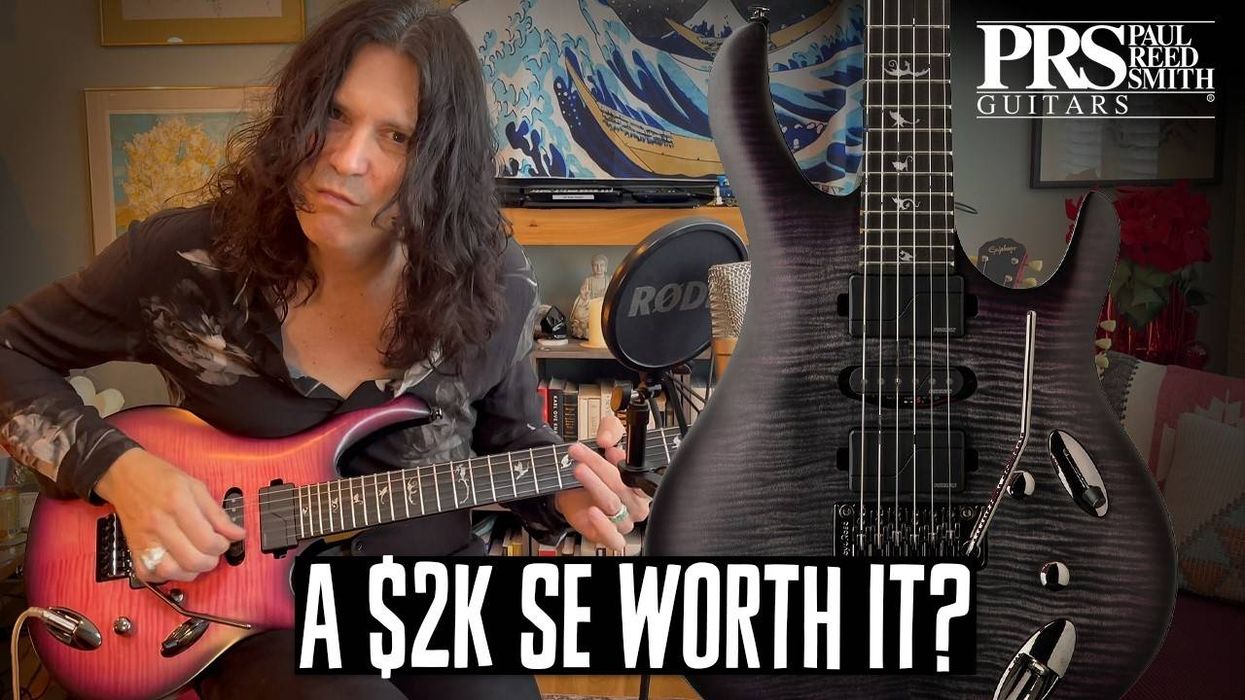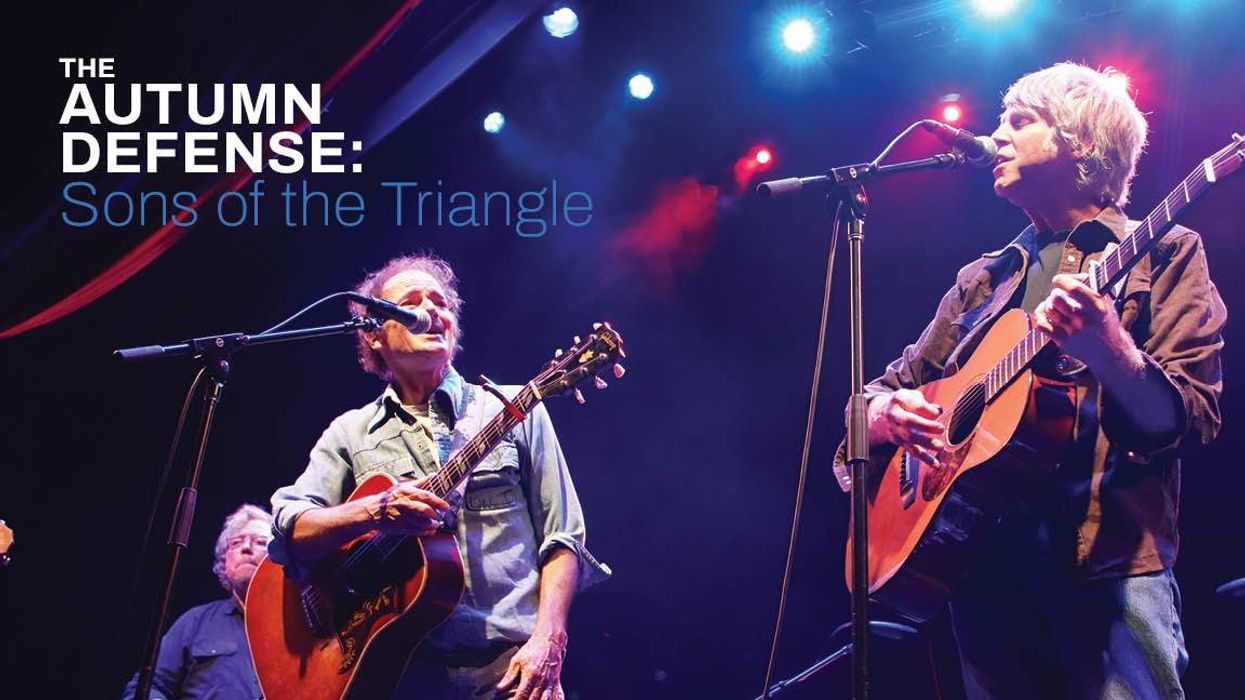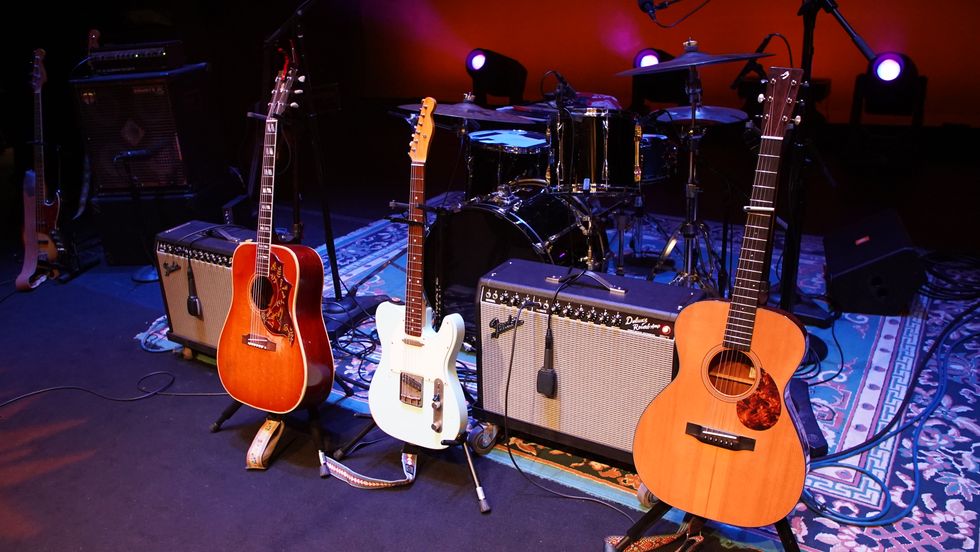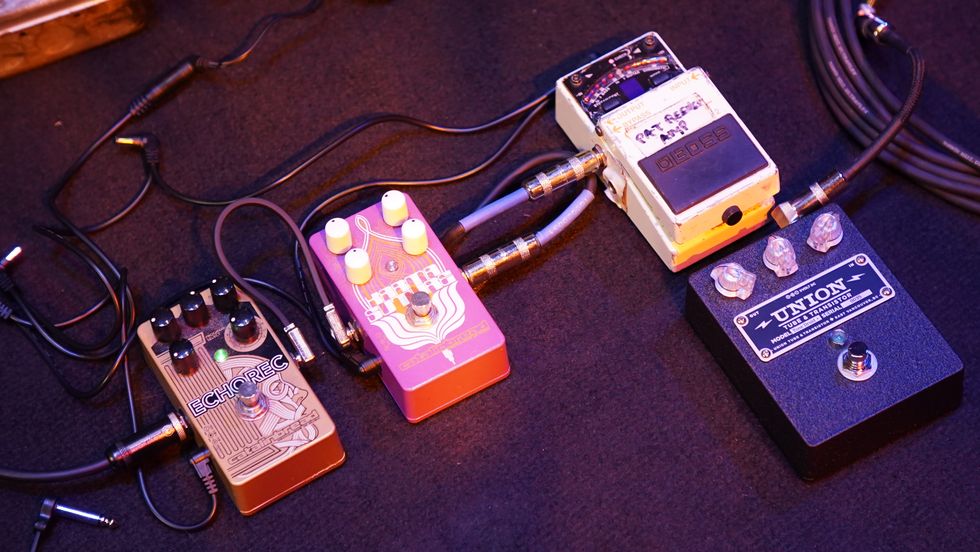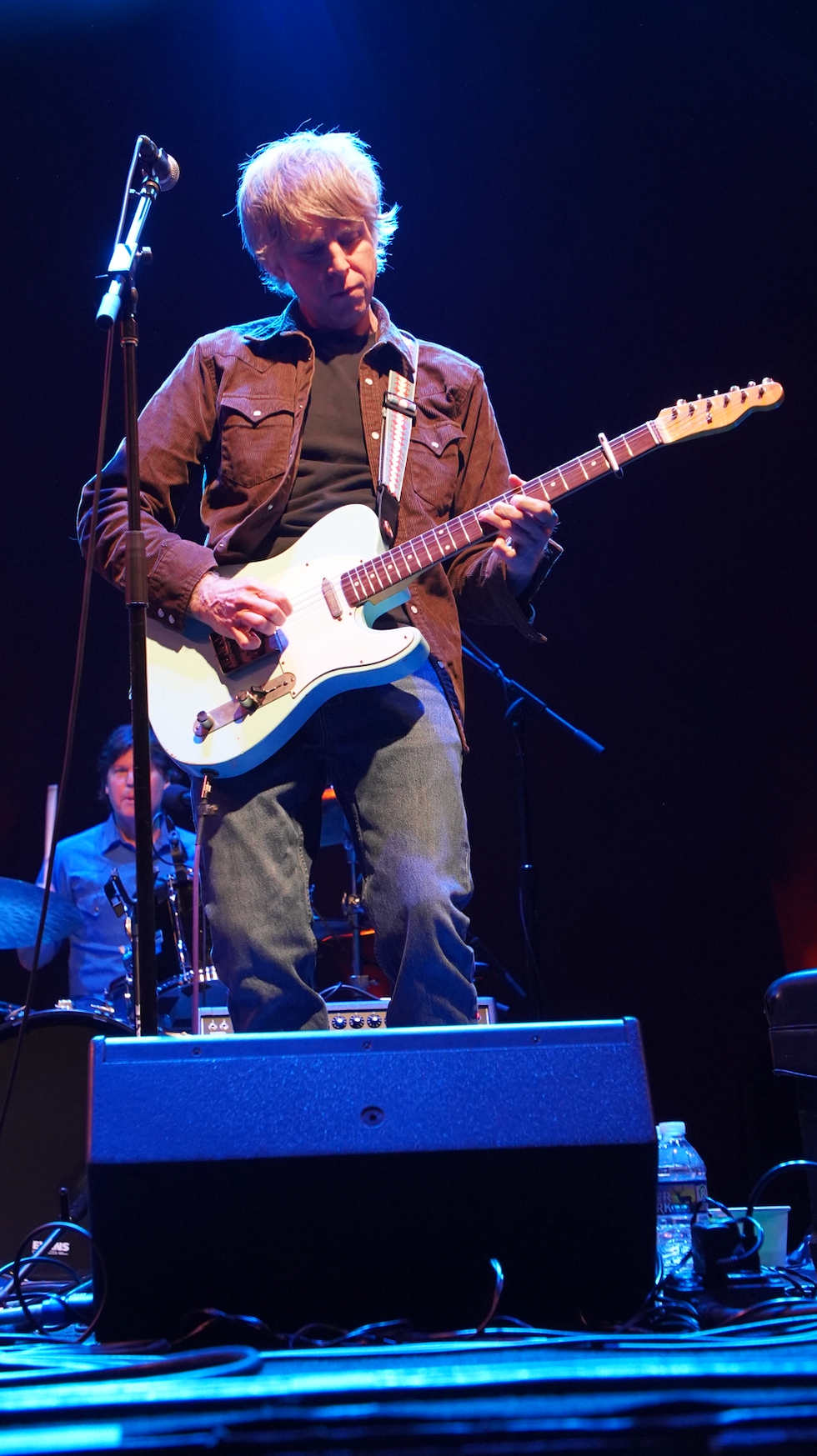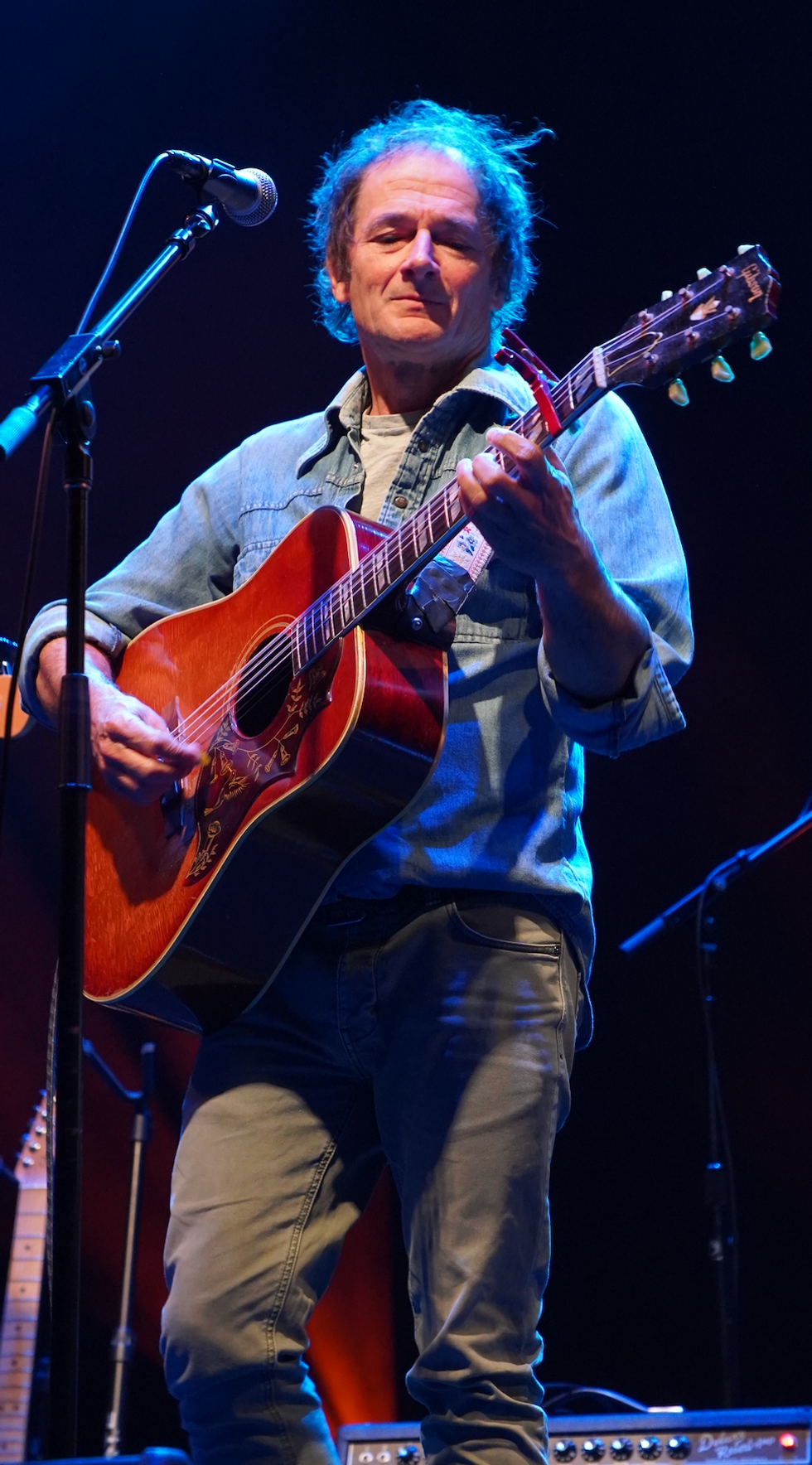Notwithstanding the occasional psychopath trolling the personals, Craigslist is the premiere classified section of life in the digital domain. Chances are, your city has its own Craigslist, populated by sellers who are too cheap or broke to pay eBay’s listing fees, thus passing the savings on to you! Assume any price has been padded by at least $50 worth of negotiating room. So if you want the guitar, make an offer.
Try to know as much as possible about the guitar before meeting it in person. Arrive prepared. Ask the seller if there’s an amp. If not, bring your own. Any one of the dozens of subcompact combos under $99 will suffice, and they’re small enough to fit where you usually keep your excuses for sounding like crap. Bring a set of Allen wrenches and a magnifying glass. Seriously. Also ask for the original bill-of-sale and/or any original manufacturing documentation originally packaged with the guitar.
Finally, remember why you’re there: to buy an instrument, not to show off your latest lick. Because regardless of whether or not your playing is the shit, it’s important to know if the guitar is, y’know, just shit. Here’s how:
1. Remove your jacket and make sure your belt buckle isn’t exposed so you don’t scratch the finish. This tells the seller that you know your stuff (unless the next words out of your mouth are, “So, like, how do you work it?”)
2. Plug in on a clean setting. Make sure each pickup works with the toggle. A Strat should give you five tones, whereas a dual humbucker configuration gives you three. A dead pickup is worth up to $75 off. Check the pots. The volume should turn all the way up and all the way down (to silence). The tone pots should be discernible. If you hear scratchiness, that’s worth $15 off.
3. Wiggle the cord at the jack and see if there’s crackle. Hear one? It’s worth $20.
4. Check the guitar body at all points of contact with the hardware, including the nut. Bust out your magnifying glass. You’re looking for stress fractures and/or glued bits, usually at the headstock and bridge. If you find one—especially if it wasn’t mentioned in the listing—consider walking. If the guitar is worth anything, knock at least $100 off the price.
5. Test the tuners. Take each string down two full stops, then bring it back to pitch. If you feel gear-skipping or major latency, that’s worth $40. Usually, you’ll need to buy an entire set of new tuners just to replace one.
6. Make sure the truss rod isn’t stripped. Very important. If the seller doesn’t have an Allen key, use your own. If the nut is stripped, walk. Or knock $250 off the price, because your next stop will be a qualified luthier.
7. If the guitar has a Floyd, make sure all the Allen screws aren’t stripped. Again, use your wrench to test. Check the clamps at the locking nut. Are they nice and thick? Or thin and small? If the latter, it’s a crappy clone. You can replace it with a real Floyd for around $80.
8. If it’s a Fender MIM, MIJ, or USA Strat with a vibrato, look at the tone block. If it’s a nice, thick block of steel, you’re good. If it’s thin cheap alloy crap, something is fishy. The bridge may not be original. Nothing may be original.
9. Check the neck. Hold up the guitar to your chin like a violin and make sure the neck is straight. Don’t look down the headstock towards the body. That’s a giveaway you’re amateur night.
10. Look through your magnifying glass. Take a good look at the frets, especially from 12 to 22. You’re looking for wear, nicks, and scuffs. You want to make sure the frets can still handle a few more leveling sessions, especially in that region. The taller, the better. Personally, I would bring a Fret-Rocker. The more uneven the frets, the lower the price. Then again, I would also bring a deerstalker hat to go with the magnifying glass, and then speak in a British accent during the entire process. But that’s me.
11. Play the guitar. If the action is too high, it’s been set to conceal buzzing or bad frets. The action should be decent. If not, ask if you may adjust it, and then bust out your Allen wrenches. Then play some open chords and listen for buzzing. Play some chromatic runs in the first position across all strings. Then bend the last three strings (G/B/E) at each fret, up a full stop from fret 1 to 22. The notes should sustain without being choked by the radius of the neck. If a note chokes, there’s an uneven fret somewhere. Knock $20 off or each choke you hear.
If you haven’t already been shown to the door or tied to the shower curtain, make an offer based on your findings. If you’ve discovered issues during the exam, remind the seller that a good setup by a decent luthier runs about $120. If he doesn’t budge, try haggling in an hard-to-place accent with flailing gestures. But don’t be a dick. If you’re buying a $600 G&L for $150, just do steps 6 and 10 and keep it elementary, Watson.
What are your tips for surviving a Craigslist sale? Post them in the comments or email us at cheapskatecollective@gmail.com.


